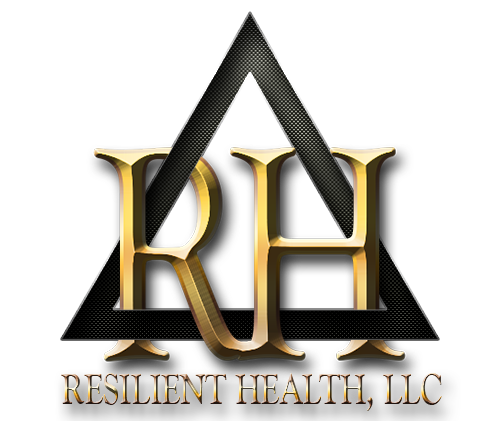Protein Powders vs. Real Food: What Fuels You Better?
When it comes to hitting your protein goals, you’ve got two main roads: whole foods or supplements like protein powders. But which is better for performance, recovery, and long-term health?
Let’s break it down—science-style.
🥩 What Is Protein and Why Does It Matter?
Protein is made up of amino acids, which are essential for muscle repair, enzyme function, immune health, and even hormone regulation. If you’re active, recovering from injury, or aiming for fat loss or muscle gain, you need adequate protein—no exceptions.
The Recommended Dietary Allowance (RDA) is 0.8g/kg of body weight, but athletes and active individuals often require 1.2–2.2g/kg, depending on intensity and goals (Phillips et al., 2016).
🥚 Whole-Food Protein: Pros & Cons
Whole-food proteins include:
Eggs, chicken, beef, turkey
Fish, tofu, tempeh
Greek yogurt, cottage cheese
Lentils, quinoa, beans
✅ Benefits of Whole-Food Protein:
Nutrient Density – You’re not just getting protein, but also vitamins, minerals, healthy fats, and fiber.
Greater Satiety – Chewing and digesting real food takes longer, keeping you full longer.
Bioavailability – Most animal proteins are complete proteins (containing all 9 essential amino acids), and many plant-based combos can match this.
Supports Digestive Health – Real food supports gut health through fiber and natural enzymes.
⚠️ Limitations:
Requires cooking/prep time
Not always convenient post-workout or during busy schedules
May not appeal to those with dietary restrictions or low appetite
🥤 Protein Powders: Pros & Cons
Protein powders include:
Whey (concentrate, isolate, hydrolysate)
Casein
Plant-based (pea, rice, soy, hemp)
Blends (vegan or omnivore-based)
✅ Benefits of Protein Powders:
Convenient – Mix-and-go. No cooking, no mess.
Fast-Digesting – Whey isolate absorbs quickly, ideal post-workout when muscle protein synthesis is highest (Moore et al., 2009).
Easier to Track – Labeling makes it easier to hit precise macros.
Useful for High Protein Needs – Helpful for bodybuilders, under-eaters, elderly, or those in cutting phases.
⚠️ Limitations:
Lacks other nutrients found in whole food (unless fortified)
Some contain added sugars, fillers, or artificial sweeteners
Not as filling as a solid meal
Poor regulation (choose third-party tested brands)
🧬 What the Science Says
Whey protein has been shown to stimulate muscle protein synthesis more effectively than other protein sources post-exercise (Tang et al., 2009).
However, long-term dietary patterns matter more than individual choices. A diet rich in whole foods is linked to better metabolic health, digestive function, and micronutrient balance (Monteiro et al., 2019).
A blend of both is often the most practical and sustainable option, especially for athletes or those with busy lifestyles.
🧠 So… Which Should You Choose?
GoalBest ChoiceGeneral healthWhole-food proteinMuscle gainBoth, with shakes post-workoutFat lossWhole foods for satiety; powders for macro balanceOn-the-goProtein powderElderly or low appetitePowder for convenience and digestion support
✅ Final Takeaway
Protein powders are a tool—not a magic bullet. Real food provides more total nourishment, but powders serve a clear purpose when convenience, recovery, or dietary gaps are a factor.
💡 Tip: Aim for at least 80% of your protein from whole foods, and use powders to fill in the rest—especially around workouts or during high-demand phases.
📌 References:
Phillips, S. M. (2016). A Brief Review of Critical Processes in Exercise-Induced Muscular Hypertrophy. Sports Medicine.
Moore, D. R. et al. (2009). Ingested protein dose response of muscle and albumin protein synthesis after resistance exercise in young men. Am J Clin Nutr.
Tang, J. E. et al. (2009). Minimal whey protein with leucine stimulates muscle protein synthesis. Applied Physiology, Nutrition, and Metabolism.
Monteiro, C. A. et al. (2019). Ultra-processed foods: what they are and how to identify them. Public Health Nutrition.

